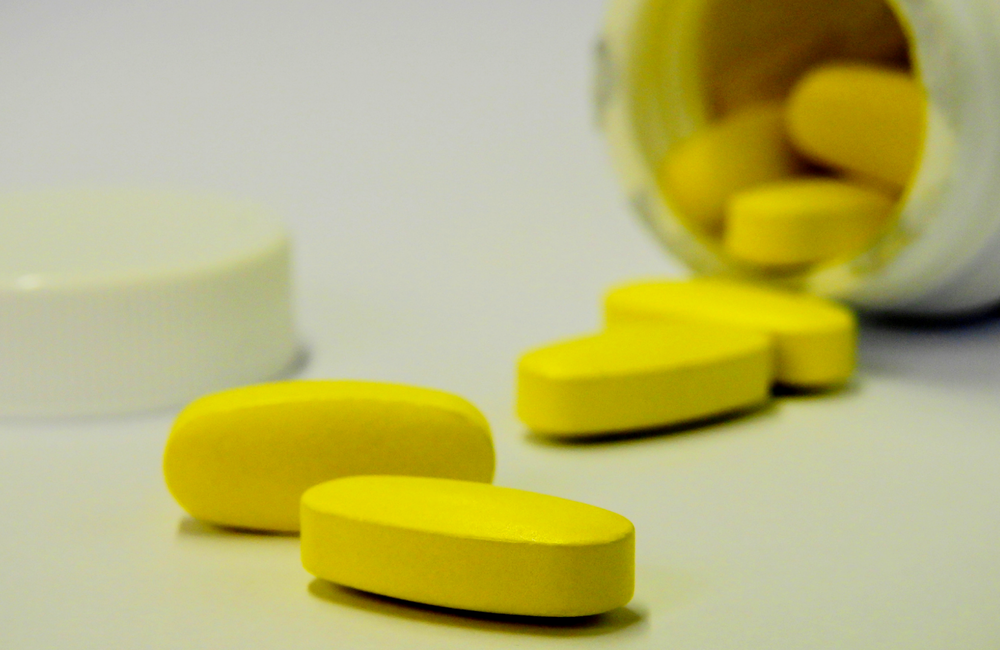Assessing the risk of exposure. What is Post-Exposure Prophylaxis PEP.
 Post Exposure Prophylaxis Pep Aidsmap
Post Exposure Prophylaxis Pep Aidsmap
Post Exposure Prophylaxis PEP What does taking PEP involve.

Post exposure prophylaxis pep. You can also download PEP materials to share. These guidelines outline the management of individuals who have been exposed or suspect they have been exposed to HIV in non-occupational and. Post-exposure prophylaxis PEP is a four-week course of medication that may block HIV infection after exposure to the virus.
Interim Statement Regarding Potential Fetal Harm from Exposure to Dolutegravir Implications for HIV Post-exposure Prophylaxis PEP. Complete consultation on post-exposure management. Please see attached PDF PDF 104 KB.
If you think you were exposed to HIV call the NYC PEP hotline at 844 3-PEPNYC 844-373-7692 or go immediately to a clinic or. This guideline provides a framework for a program of expert advice and prompt antiretroviral post-exposure prophylaxis PEP for potential exposures to HIV. This section answers some of the most common questions about PEP.
Post-exposure prophylaxis is recommended in case of. You must start it within 72 hours after you were exposed to HIV or it wont work. Post-exposure prophylaxis PEP is a method of preventing HIV infection.
PEP or post-exposure prophylaxis is a short course of HIV medicines taken very soon after a possible exposure to HIV to prevent the virus from taking hold in your body. Post-exposure prophylaxis PEP means taking HIV medicines within 72 hours after a possible exposure to HIV to prevent HIV infection. For people who have never been vaccinated against rabies previously postexposure prophylaxis PEP should always include administration of both HRIG and rabies.
Post-exposure prophylaxis or PEP is a way to help prevent the transmission of HIV in an HIV-negative person who may have been recently exposed to the virus. PEP post-exposure prophylaxis means taking medicine to prevent HIV after a possible exposure. For PEP to be effective you need to commence treatment within 72 hours of an exposure to HIV.
PEP should be used only in emergency situations. PEP is the use of antiretroviral drugs after a single high-risk event to stop HIV seroconversion. PEP should not be confused with pre-exposure prophylaxis PrEP which involves taking medicine on an ongoing basis before possible exposure to HIV.
It is not meant for regular use by people who may be exposed to HIV frequently. Postexposure prophylaxis PEP consists of a dose of human rabies immune globulin HRIG and rabies vaccine given on the day of the rabies exposure and then a dose of vaccine given again on days 3 7 and 14. Post-Exposure Prophylaxis PEP August 2016.
Australian National Guidelines is available. This guideline is designed to deal specifically with exposures to Human Immunodeficiency Virus HIV and is not applicable to other exposures such as viral hepatitis. The Second edition of the Post-Exposure Prophylaxis after Non-Occupational and Occupational Exposure to HIV.
It involves using a four-week course of the drugs used to treat HIV taken very soon after a person may have been exposed to the virus. PEP consists of three anti-HIV drugs. PEP Post-Exposure Prophylaxis is an emergency medication for people who are HIV-negative and may have been exposed to HIV.
We provide advice on all aspects of post-exposure prophylaxis PEP including. Taking PEP will normally involve a four week course of two drugs. It involves taking HIV medications as soon as possible after a potential exposure to HIV.
You can read an overview of PEP here. Post Exposure Prophylaxis PEP - NACO Guidelines Post exposure prophylaxis PEP refers to the comprehensive management given to minimize the risk of infection following potential exposure to blood-borne pathogens HIV HBV HCY. PEP should be used only in emergency situations and must be started within 72 hours after a recent possible exposure to HIV.
Selecting the best PEP regimen. Rapid testing of the source person for HBV HCV and HIV if HIV-status unknown recommended If source person HIV-positive on ART order resistance testing if HIV-VL detectable Individualise PEP according. PEP is an emergency medicine that can stop HIV infection if taken as soon as possible but not more than 72 hours after coming in contact or potential contact with HIV.
Determining the appropriateness of prescribing PEP. About Post-Exposure Prophylaxis PEP Post-Exposure Prophylaxis PEP prevents HIV infection after coming into contact with HIV. Post-exposure prophylaxis PEP is an emergency Human Immunodeficiency Virus HIV prevention method where individuals start a 28-day course medication within 72 hours of HIV exposure in order to prevent an infection.
